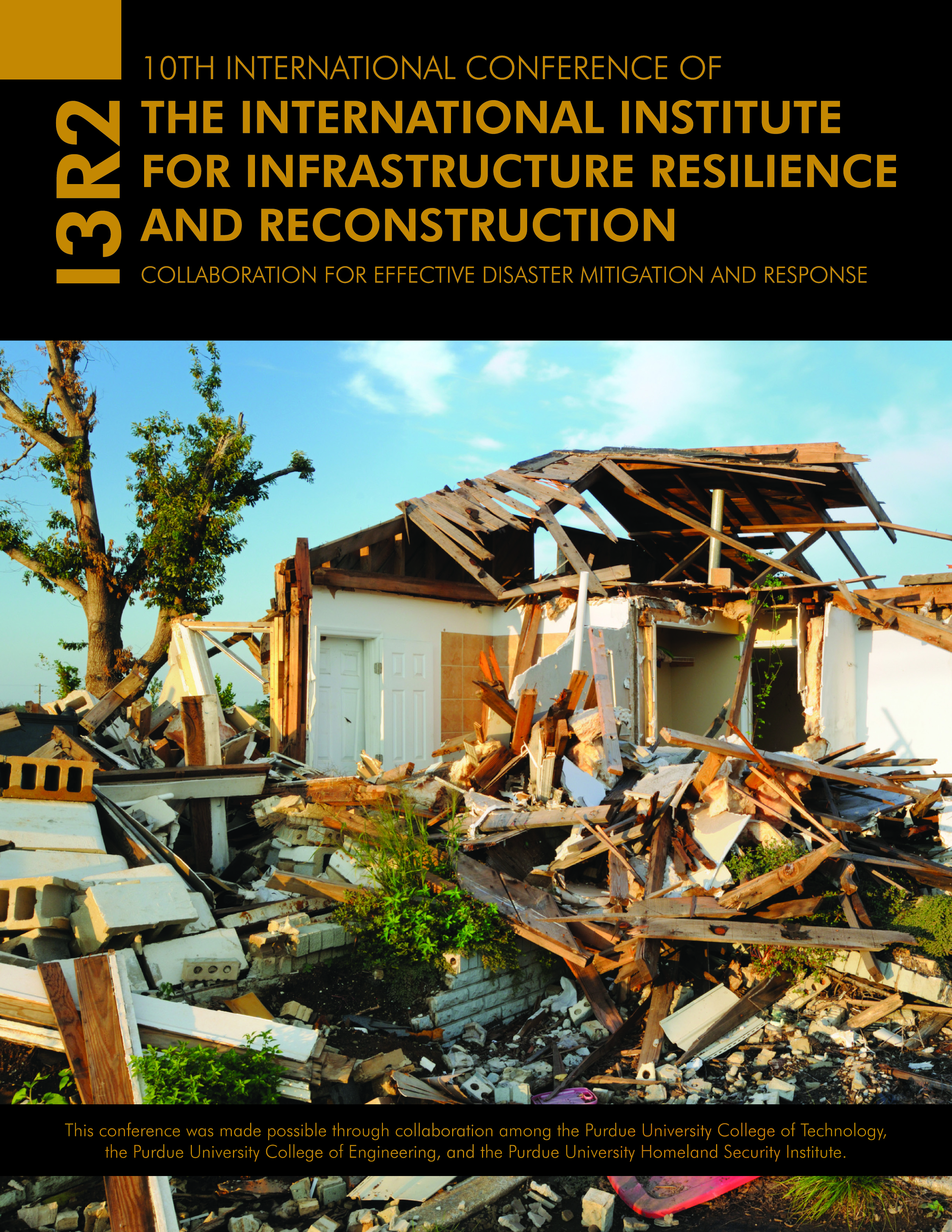Abstract
This study is focused on producing the Peak Ground Acceleration (PGA) values for important cities in Sri Lanka, which would provide the base to develop the national annex to the Euro Code, the current guideline in designing structures. In order to find out the magnitude and the epicenter distance of a 475-year return period earthquake, an earthquake catalog was developed. To simulate the bedrock motion FLAC Software, which uses the Finite Difference approach, was used. Five 2-D FLAC models representing five cross sections of Sri Lanka were developed. Due to the lack of local data records, a dataset of seven earthquakes with the magnitude of a 475- year return period was selected from the Pacific Earthquake Engineering Research Center (PEER) database. The model was then analyzed—one cross section for each of the seven earthquakes. The resultant acceleration time histories were converted into a response spectrum, and the average spectrum for each city was obtained.
Keywords
earthquake catalogue, PGA, response spectrum
DOI
10.5703/1288284315361
Recommended Citation
Dananjaya, S., Dissanayake, R., Senevirathne, N., & Wijesundara, K.K. (2014). Simulation of Bedrock Motion to Obtain PGA Values. In Randy R. Rapp & William Harland (Eds.), The Proceedings of the 10th International Conference of the International Institute for Infrastructure Resilience and Reconstruction (I3R2) 20-22 May 2014. (38-41). West Lafayette, Indiana: Purdue University.
Simulation of Bedrock Motion to Obtain PGA Values
This study is focused on producing the Peak Ground Acceleration (PGA) values for important cities in Sri Lanka, which would provide the base to develop the national annex to the Euro Code, the current guideline in designing structures. In order to find out the magnitude and the epicenter distance of a 475-year return period earthquake, an earthquake catalog was developed. To simulate the bedrock motion FLAC Software, which uses the Finite Difference approach, was used. Five 2-D FLAC models representing five cross sections of Sri Lanka were developed. Due to the lack of local data records, a dataset of seven earthquakes with the magnitude of a 475- year return period was selected from the Pacific Earthquake Engineering Research Center (PEER) database. The model was then analyzed—one cross section for each of the seven earthquakes. The resultant acceleration time histories were converted into a response spectrum, and the average spectrum for each city was obtained.



